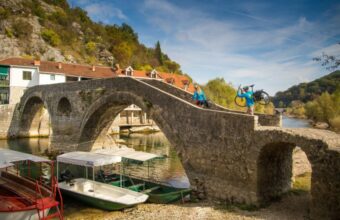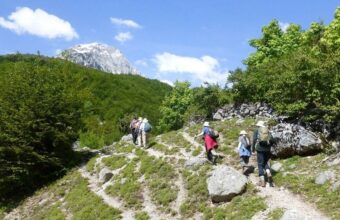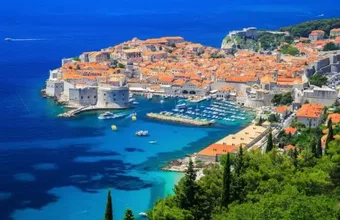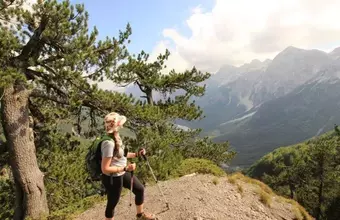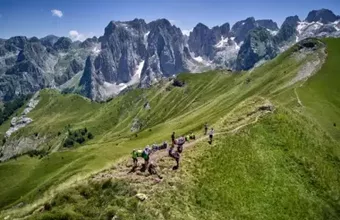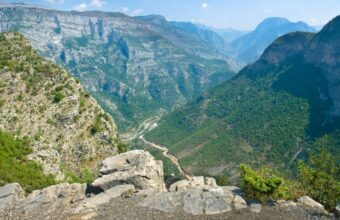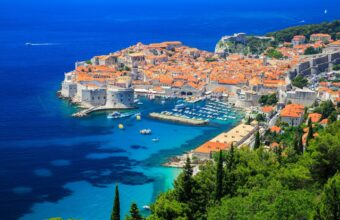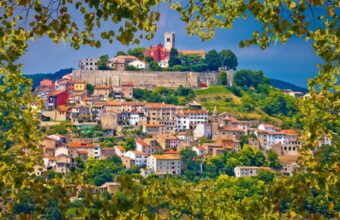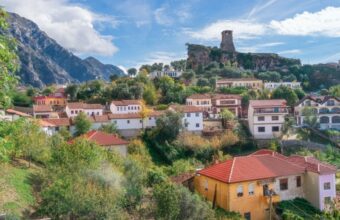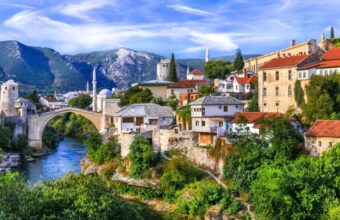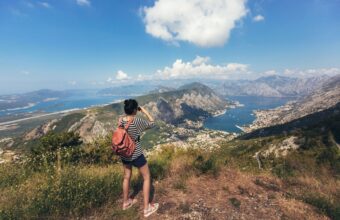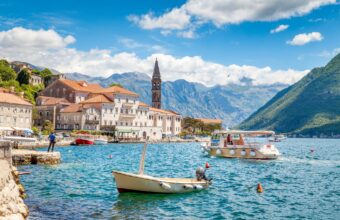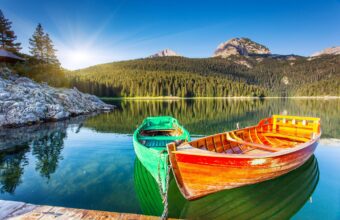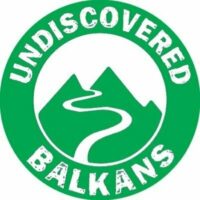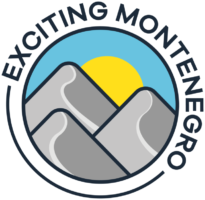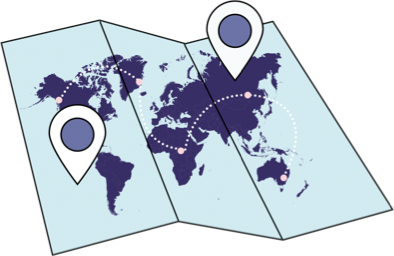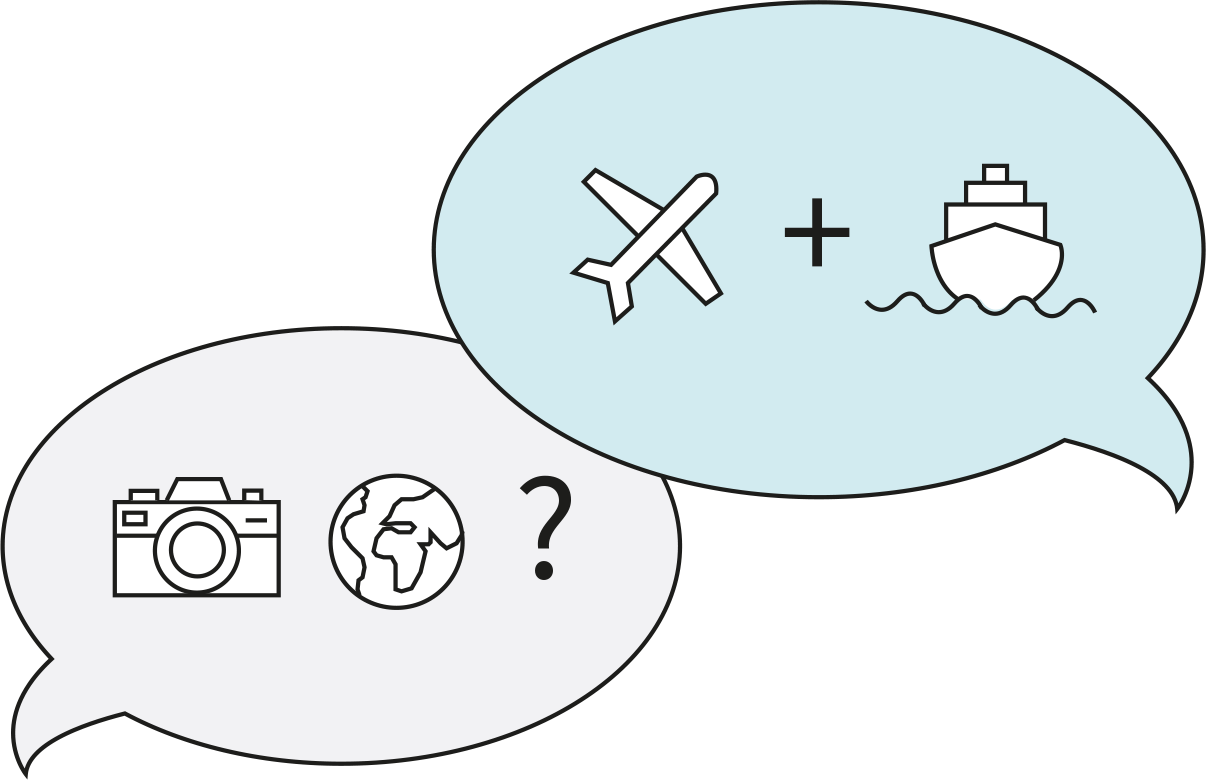Balkans
Europe’s forgotten wonderland
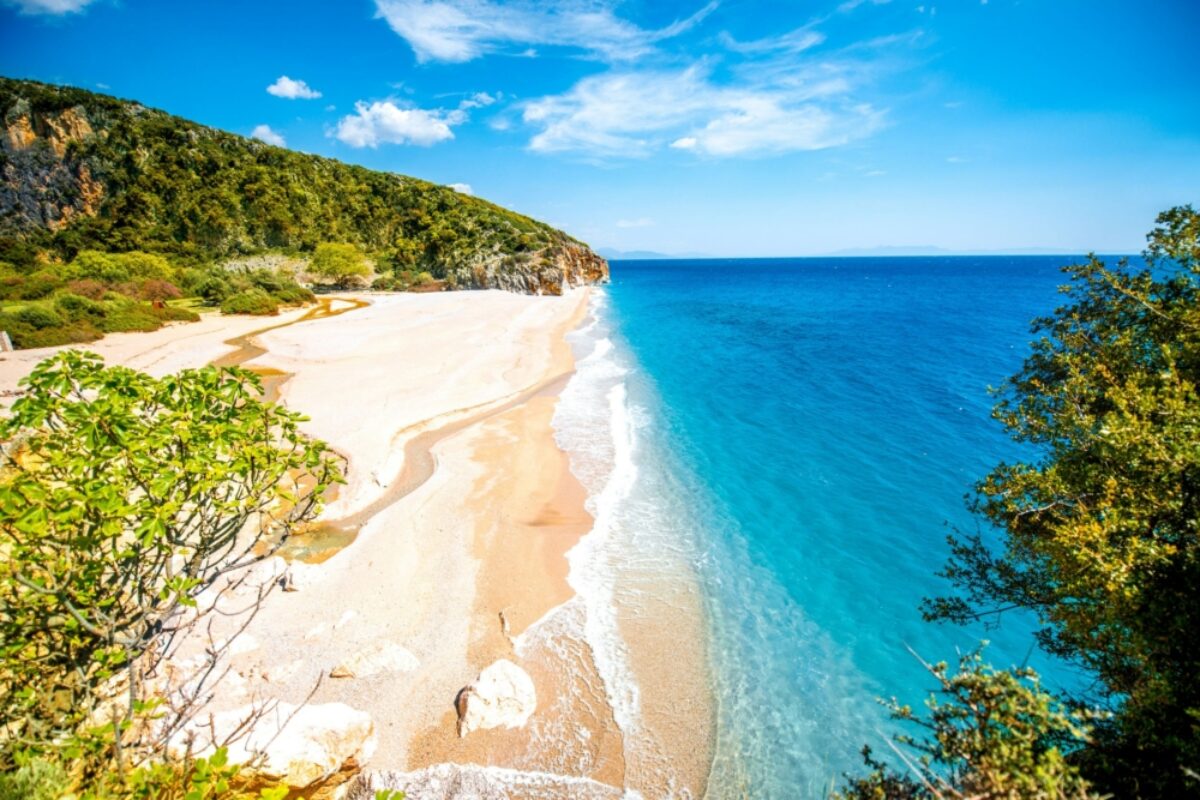
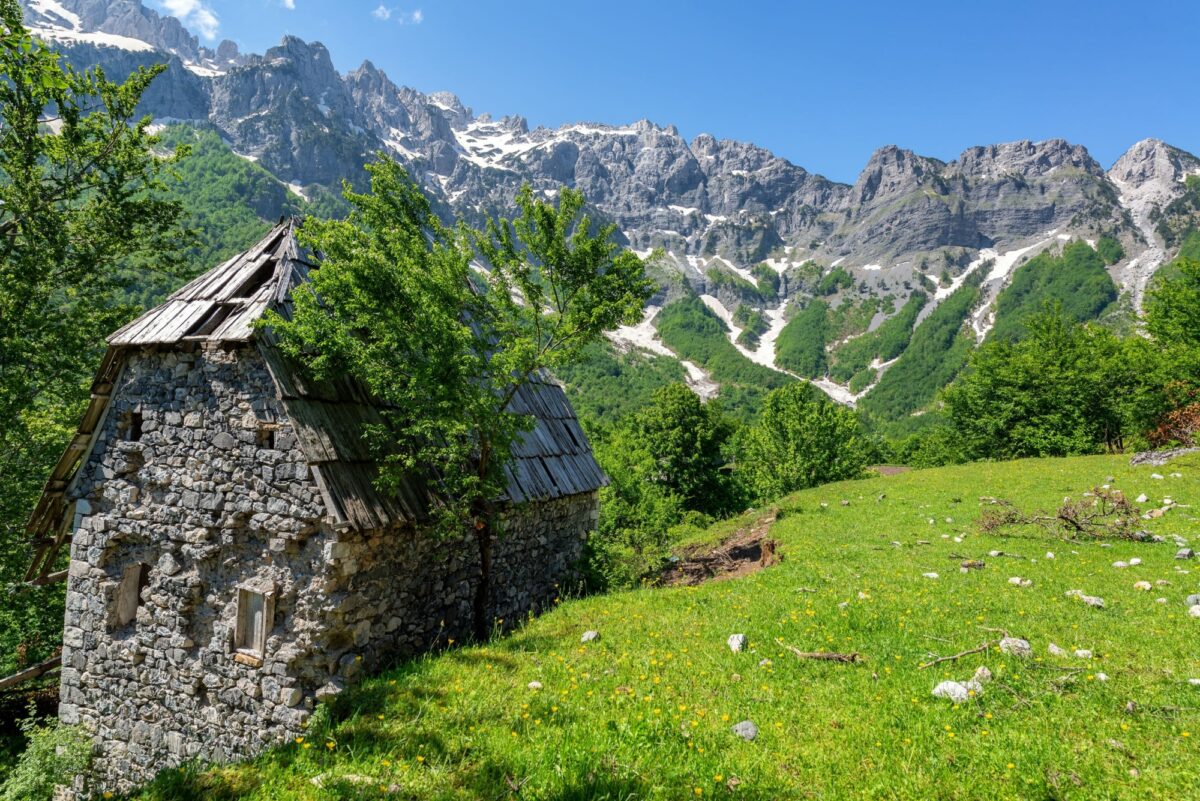
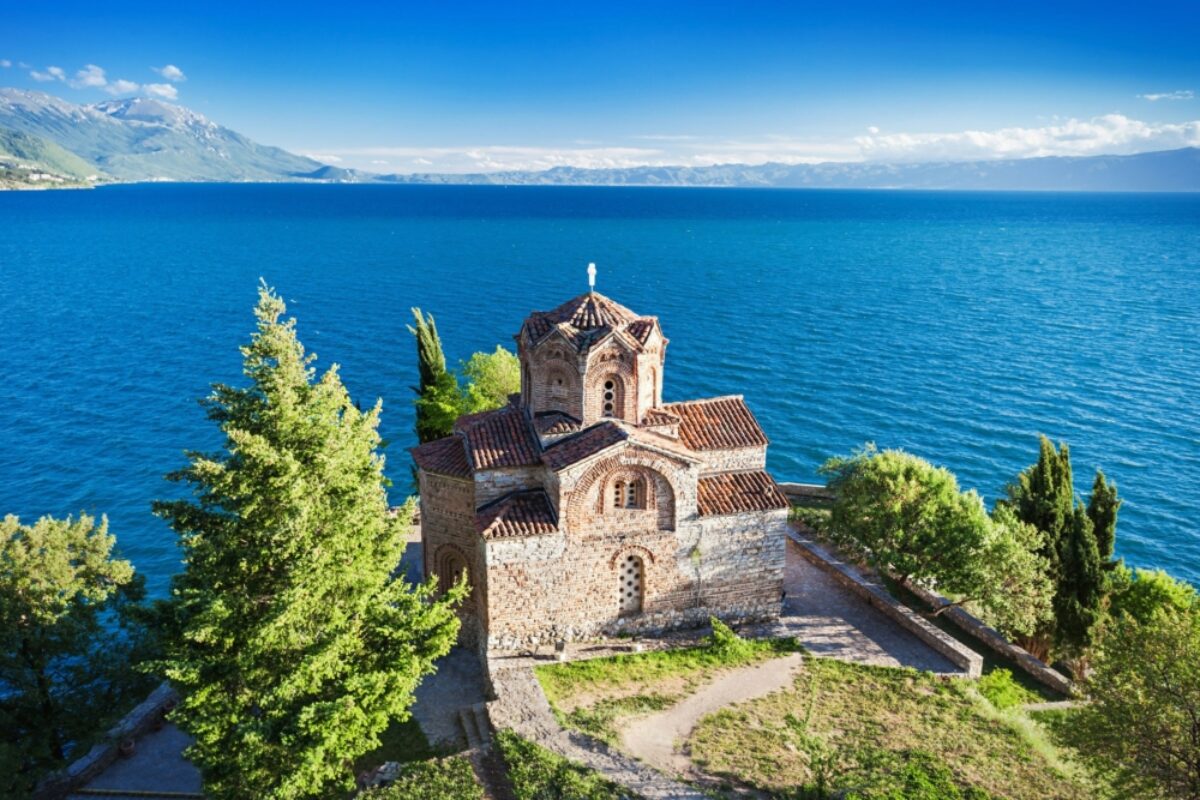
Contrary to popular opinion, the Balkans is so much more than just the countries of the former Yugoslavia. Surrounded by water, the Balkan peninsula is made up of Croatia, Montenegro, Slovenia, Serbia, Albania, North Macedonia, Kosovo, Bosnia and Herzegovina, Bulgaria and Romania. There’s a lot to explore.
And a lot to see. The Western Balkans are rightly lauded for the beautiful beaches of Croatia and Montenegro, but the region is also worth visiting for the mountains that run down its spine, its mix of historic churches, mosques and monasteries, and for the warm welcome and delicious food of its people.
For while Croatia has hogged the international travel limelight, many of the other Balkan countries are still relatively unvisited. Montenegro is home to beaches just as beautiful; Albania has mountain peaks and Ottoman towns, and Slovenia’s Ljubljana can rival anything Dubrovnik can do. The Balkans are beautiful and ready for visitors.
Montenegro's best beaches
An essential guide to Montenegro's most beautiful beaches and coastline
Montenegro is named after the soaring limestone peaks of its mountainous interior. The Venetians called it Monte Negro (meaning "Black Mountain") in the 11th century, and the local inhabitants translated this literally, so they now proudly refer to their country as Crna Gora. But for modern-day visitors, it is the limpid turquoise waters of the Montenegrin coast, with its Mediterranean climate affording long balmy summers, which are the top draw...read more
Balkans Travel Guides
15 days
Albania Off-The-Beaten Track Itinerary
15-day walking holiday to Albania and Kosovo
8 days
Istria’s coastlines and hilltop villages
Explore Istria’s walking trails for orchids and architecture
5 days
Albania and Kosovo ~ Walking in Illyria and Epirus
Exploring Albania’s capital and surroundings
-
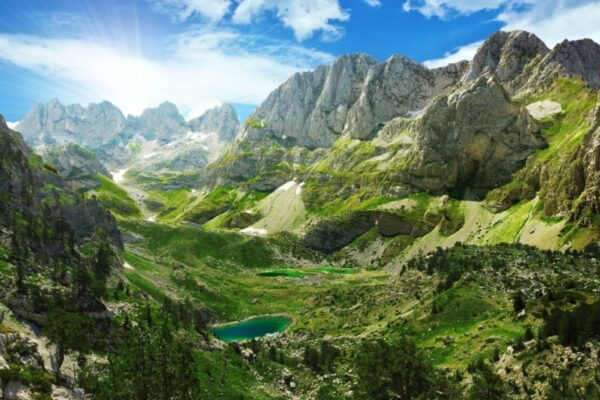
Albania
Europe’s best-kept secret
Once best known as the final European country to throw off the shackles off Communism (outside the USSR), Albania spent much of the 20th century closed to outsiders... -
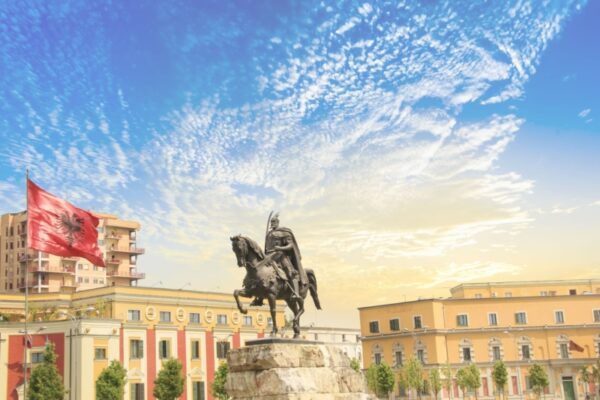
Tirana
Tirana’s small size makes it a perfect place to explore in a day, but to truly get under its skin, try out its cafe culture for coffee, beer and pastries... -
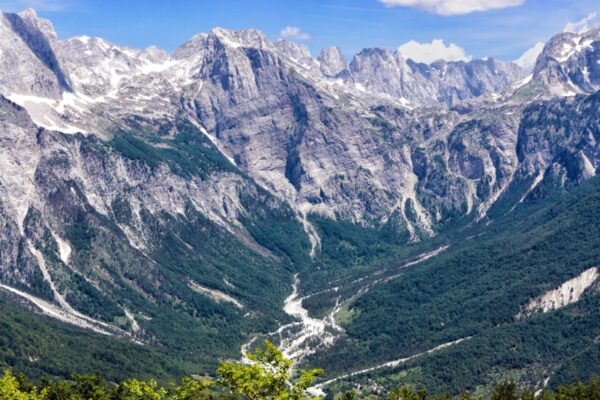
The Accursed Mountains
The Accursed Mountains (also known, less dramatically, as the Albanian Alps) feel a world away from the rest of Europe... -
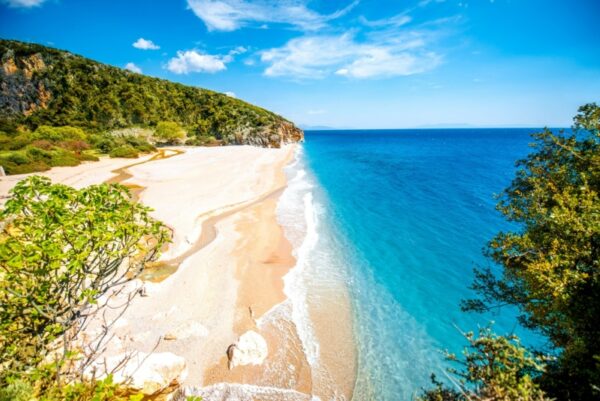
Albanian Riviera
Head to the Albanian Riviera for uncrowded shorelines, turquoise waters and the beauty of the Greek Islands without the price tag... -
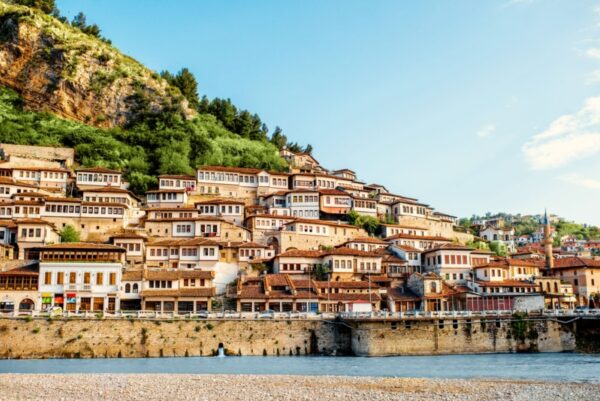
Berat
Head up through the hills to Berat and you’ll notice the seemingly endless number of windows on the white Ottoman houses lining the way... -
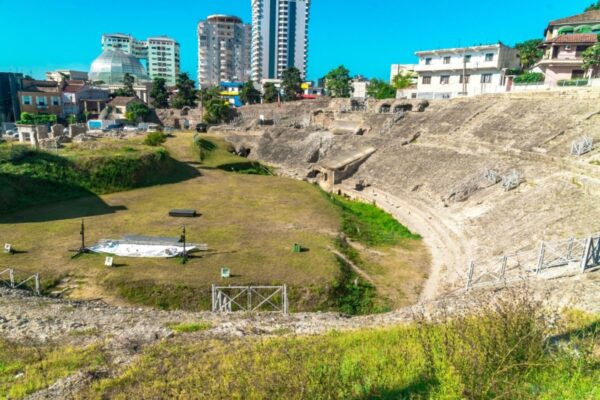
Durres
The port town of Durres is home to Albania’s liveliest beach, but it is the town’s amphitheatre that is the main attraction... -
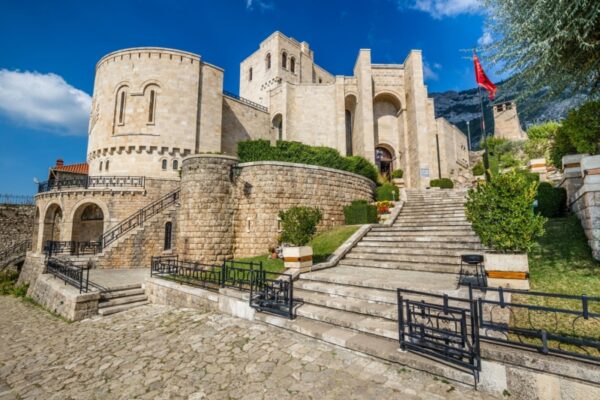
Kruja
Gjergj Kastrioti, also known as Skanderbeg, was a military commander famous for resisting Turkish invaders in the 1400s... -
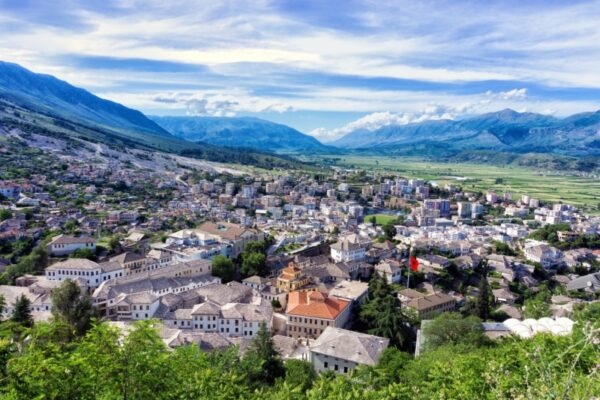
Gjirokastra and the Drino Valley
The Drino Valley in southern Albania is the perfect place to see traditional Albanian villages... -
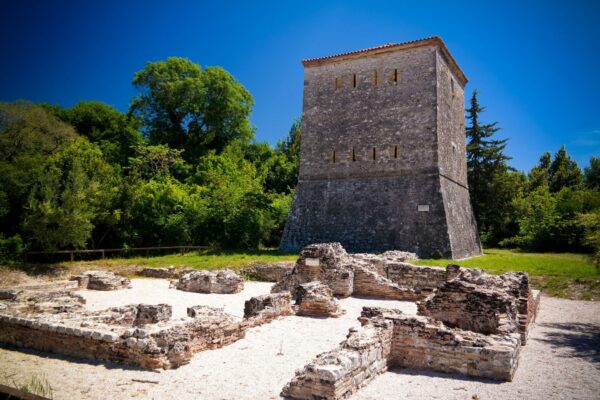
Butrint National Park
Found close to the beaches of the Albanian Riviera, Butrint National Park is one of the Balkans’ largest archaeological sites, with ruins from several different ethnic groups, including Greek, Roman and Venetians... -

Shkodra
Known to Albanians as the ‘city of bicycles’, Shkodra is a pleasant place to spend a couple of days pootling around... -
Bay of Vlore
... -
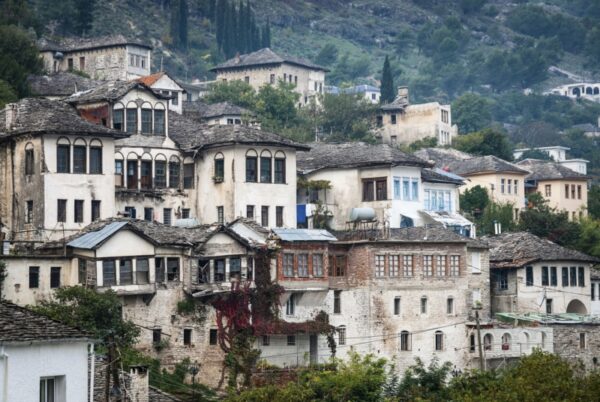
Gjirokastra
... -
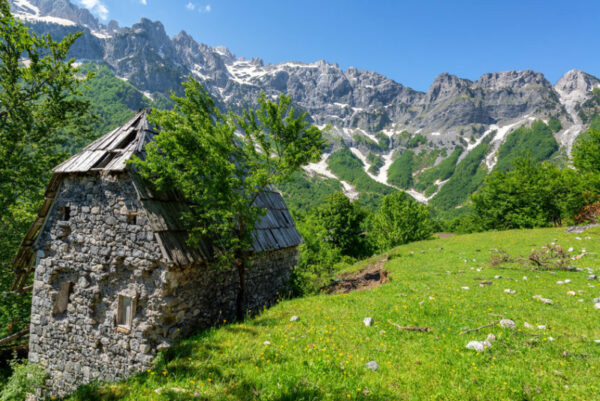
Valbona Valley
... -
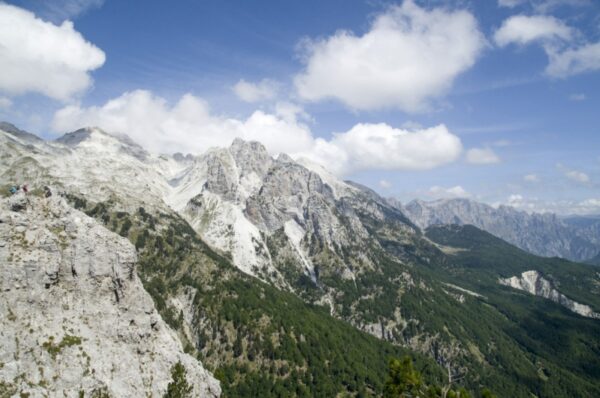
Mount Jezerca
... -
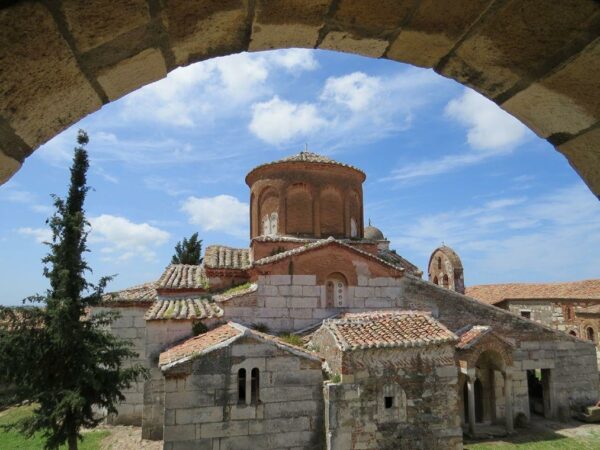
Apollonia
... -
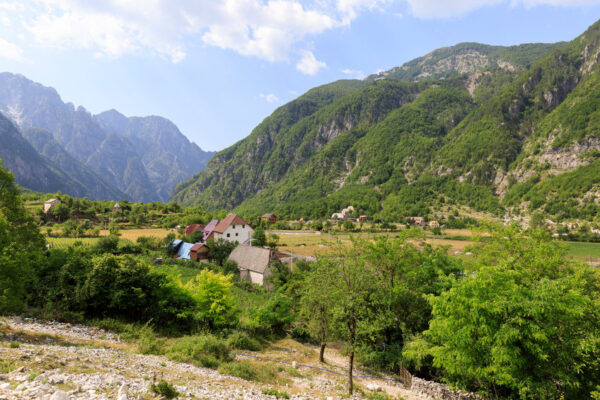
Theth
... -
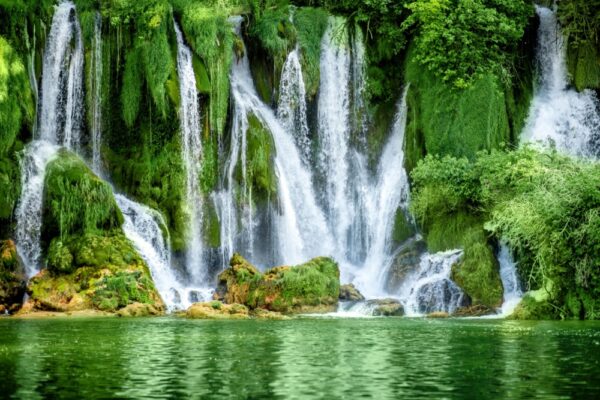
Bosnia and Herzegovina
The lesser-visited, more-beautiful Balkans
Bosnia and Herzegovina often lags behind Croatia, Montenegro and Slovenia when it comes to Balkan breaks, but that makes this under-rated and under-visited country all the more appealing... -
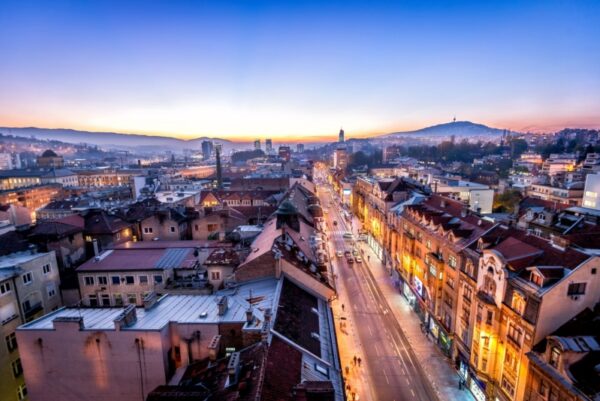
Sarajevo
Sarajevo has been a city at the centre of conflict for much of the 20th century, whether as the scene of Archduke Franz Ferdinand assassination which sparked World War One or for the brutal siege in the civil war of the 1990s... -
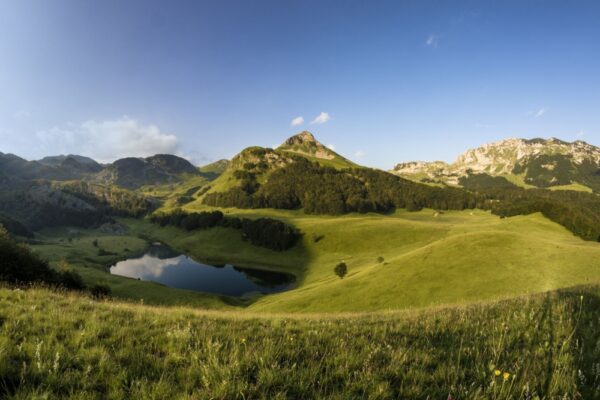
Sutjeska National Park
The Sutjeska canyon is home to huge grey crags that offer rock-climbing to the adventurous, but it’s the park’s hiking trails that are the biggest draw, including a section of the Via Dinarica trail... -
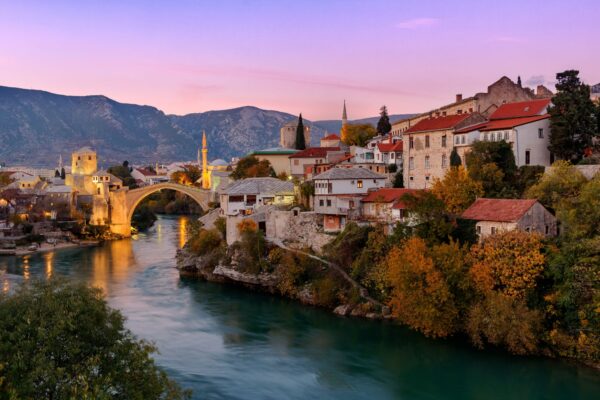
Mostar
Picture-perfect Mostar is best experienced after dark, when the day-tripping hordes head off... -
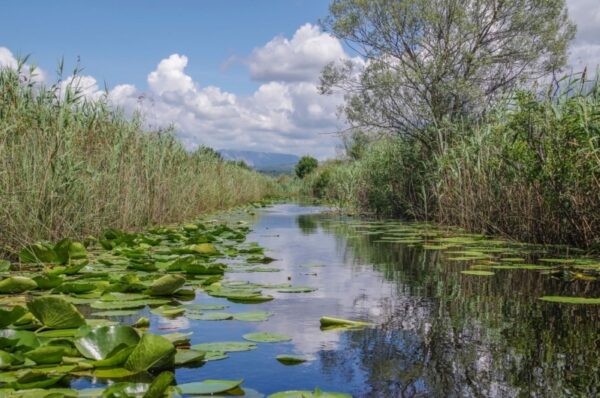
Hutovo Blato Nature Reserve
Hutovo Blato Nature Reserve is made up of six interconnected lakes that form one of Europe’s most important bird reserves... -

Počitelj
Beautiful medieval architecture is the draw in the fortress village of Počitelj, where visitors can see the restored Hajji Alijia Mosque and 16m Ottoman clock tower... -
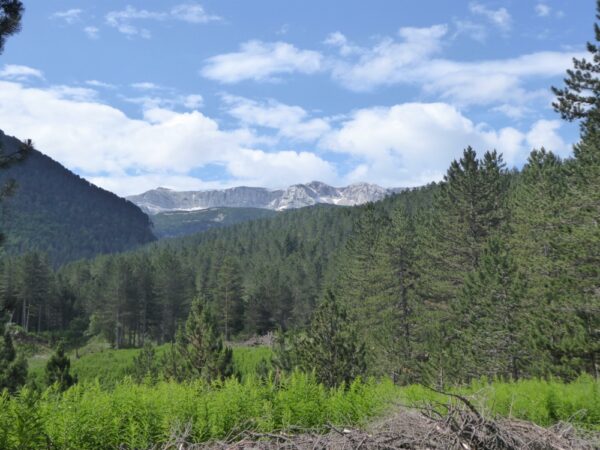
Blidinje Nature Park
Just a couple of hours from the Adriatic Sea, vast Blidinje Nature Park is a perfect spot to get active... -
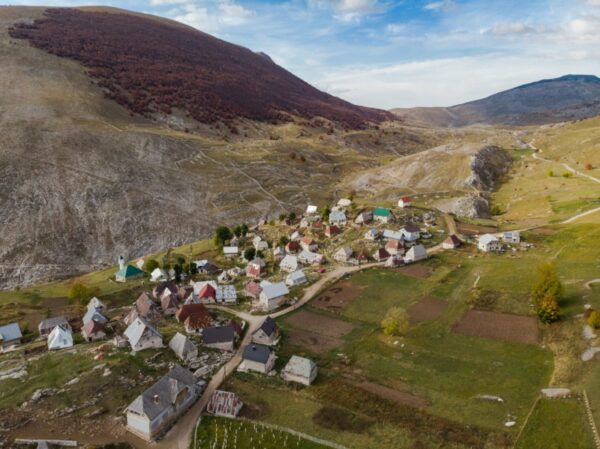
Lukomir
The tiny mountain village of Lukomir is a three-hour trek from Rakitnica River on the southwestern slopes of Bjelašnica Mountain... -
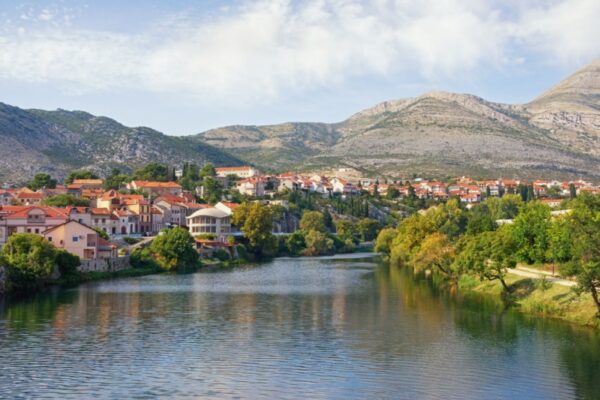
Trebinje
Just 30km from Dubrovnik, Trebinje is a worthwhile alternative to Croatia’s classic destination, with a walled Old Town, mountain views and a river complete with swimming spots... -

Bjelašnica ski resort
Just 25km south of Sarajevo, Bjelašnica ski resort offers decent runs at modest prices between December and February... -
Visegrad
... -
Andricgrad
... -
Visoko
... -
Bijambare Caves
... -
Konjic
... -
Kravice Falls
... -
Blagaj
... -
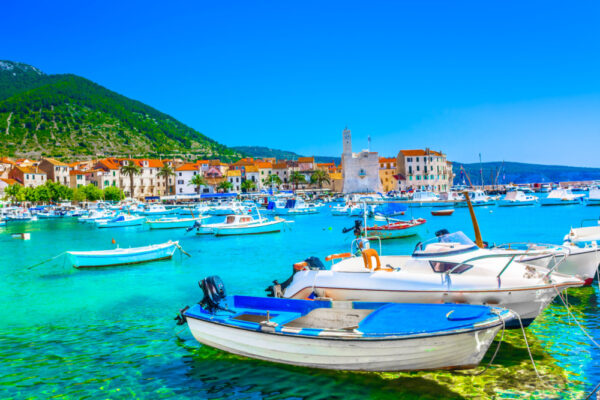
Croatia
Dazzling coastlines
There’s no hiding it — Croatia’s spectacular coastline is one of the best in the world... -
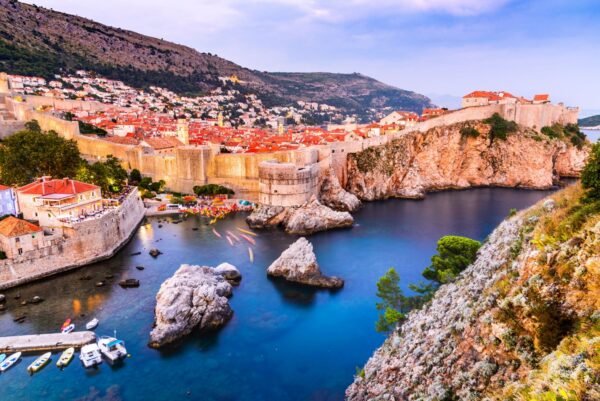
Dubrovnik
The jewel in Croatia’s crown, Dubrovnik might just be one of the most picturesque cities in the world... -
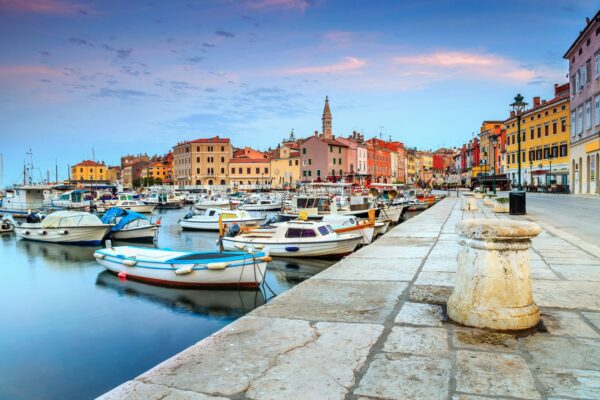
Rovinj
Rovinj’s egg-shaped peninsula houses it’s charming old town, where you can wander through cobbled streets, cosy squares and tasty restaurants... -
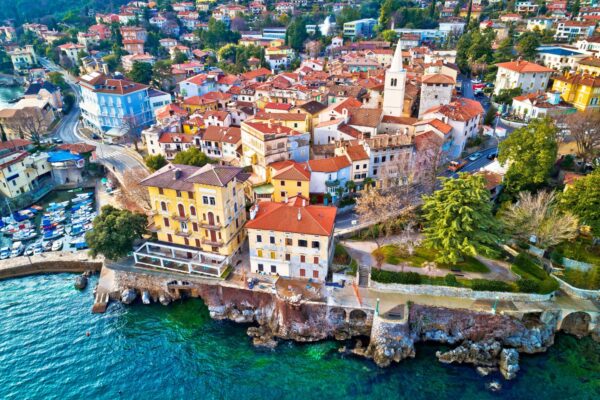
Lovran
Little-known to foreign tourists, Lovran is actually a town with a long history of tourism... -
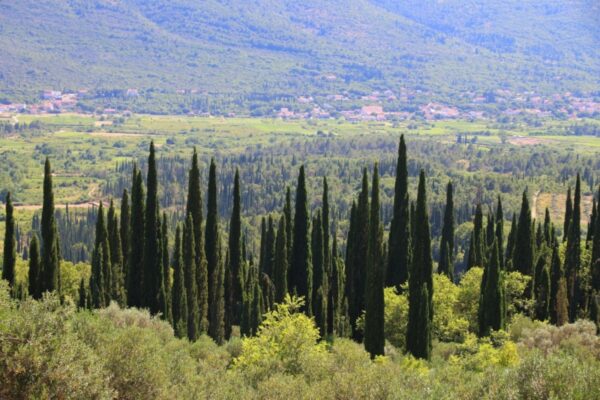
Konavle Valley
Easily accessible from Dubrovnik, Konavle Valley is home to 33 villages and offers hiking, biking and horse-riding trails... -
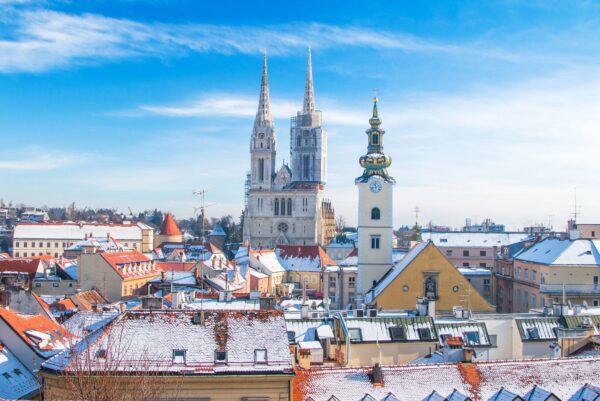
Zagreb
Croatia’s gritty capital mixes concrete slabs with old town glory, but its cafe culture is the main draw... -
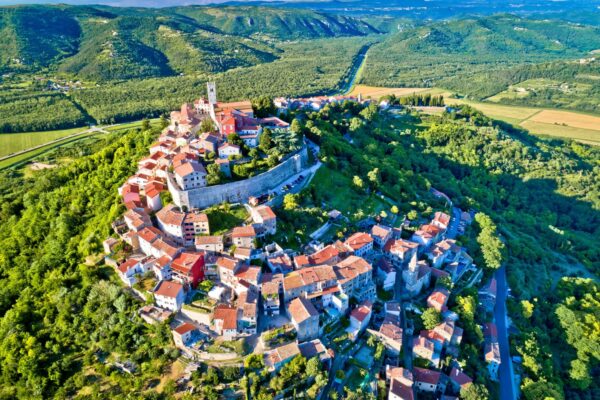
Motovun
Many visitors to Istria confine themselves to the coastlines of Pula and Rovinj, but head inland to the greenery of its hilltop villages for a hidden treat... -
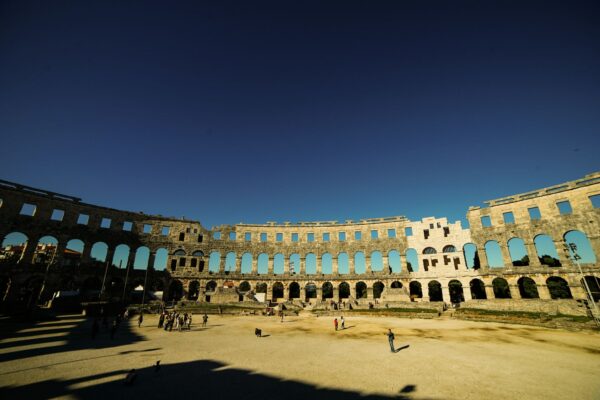
Pula
The busy seaside town of Pula is best-known for its ancient Roman architecture, such as the Arch of the Sergii which dates back to 27BC... -
Opatija
... -
Fažana
... -
Poreč
... -
Trogir
... -
Brač
... -
Vis
... -
Hvar
... -
Korčula
... -
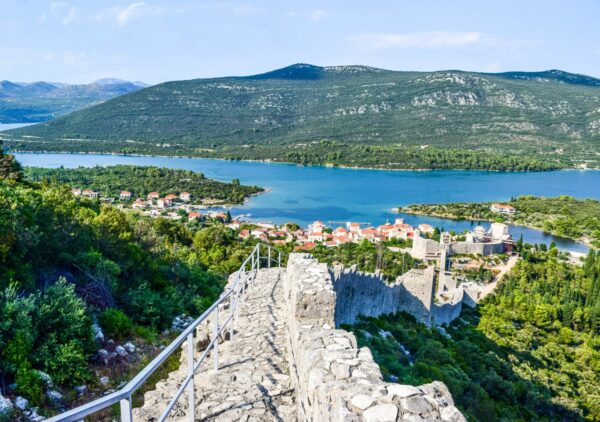
Ston
... -
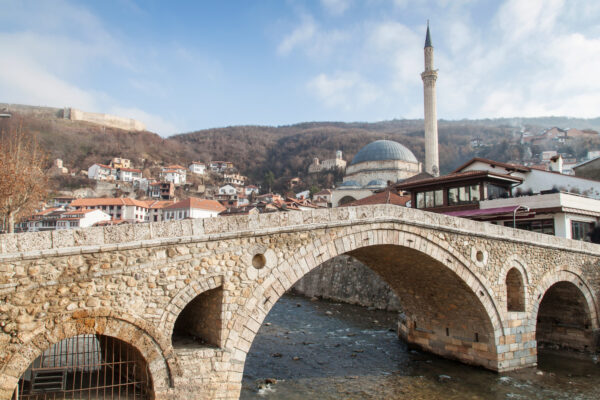
Kosovo
A new dawn in the Balkans
Europe’s newest country is also one of its most talked about... -

Prizren
Kosovo’s second city is its cultural heartland, packed with history, handicrafts and Kosovo’s best food... -
Rugova
... -
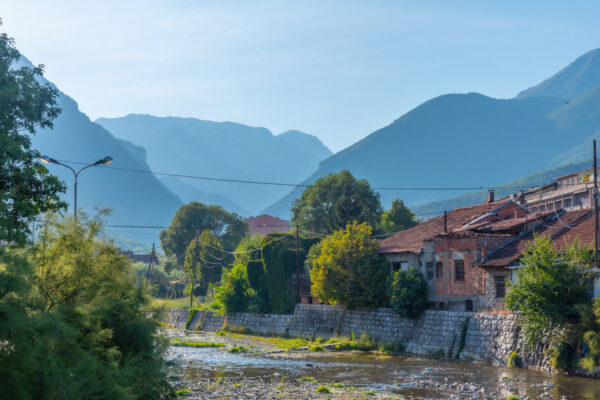
Peja
... -
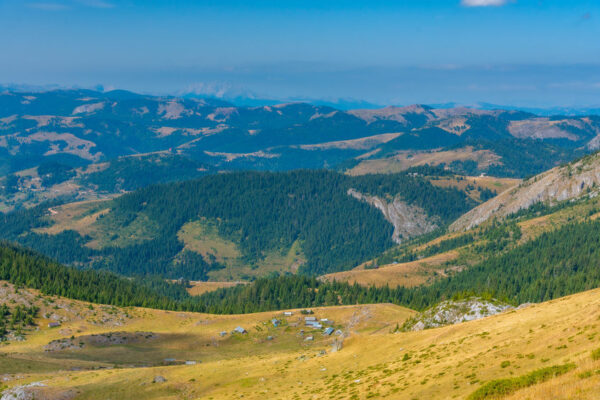
Reka e Allages
... -
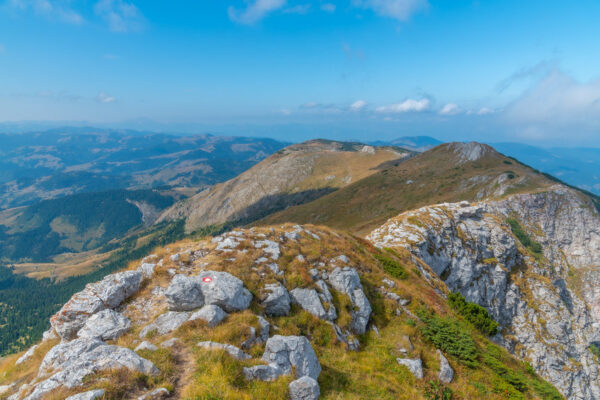
Drelaj
... -
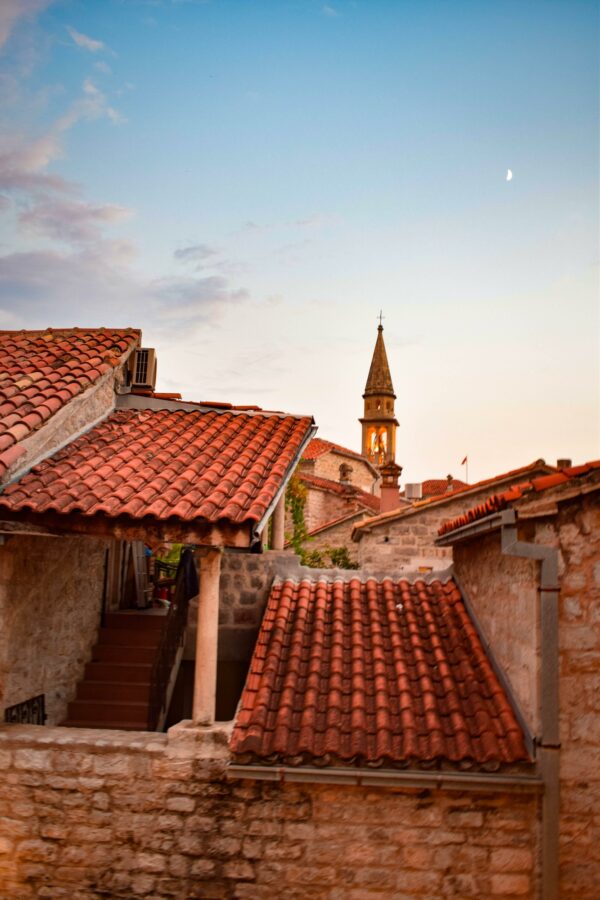
Montenegro
Ancient towns cut into majestic mountains
Tiny Montenegro has long been touted as the hot, new travel destination – and it’s easy to see why... -
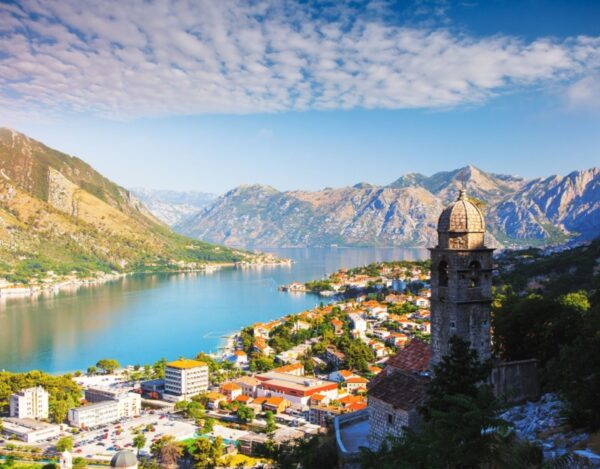
Bay of Kotor
Montenegro is a country full of beautiful views, but the Bay of Kotor’s waterfront might just be the best... -
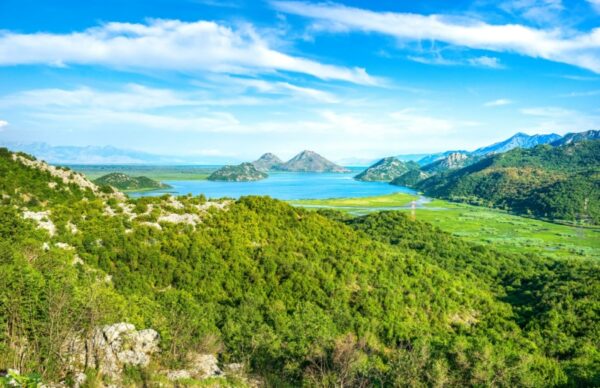
Lake Skadar National Park
Skadar is the Balkans largest lake, with two-thirds sitting in Montenegro and the rest in Albania... -
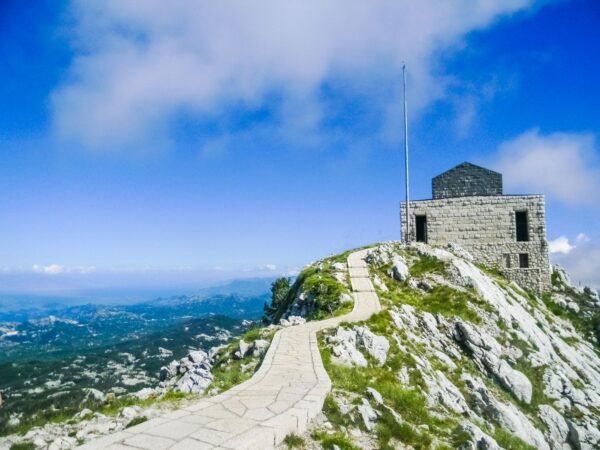
Lovćen National Park
Located in the Dinara Alps, Lovćen National Park incorporates a range of habitats with a variety of plant and animal species residing in the park... -
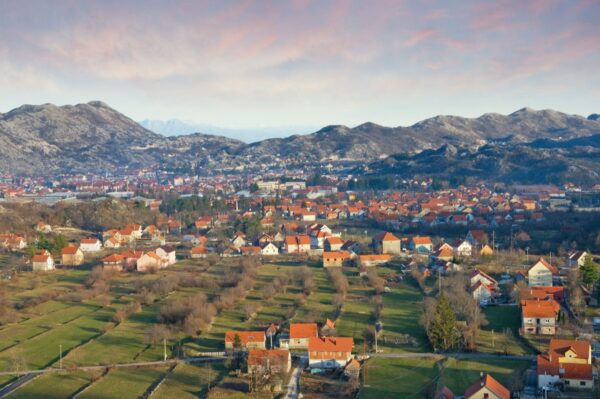
Cetinje
Sitting at the foot of the Lovcen mountains, Cetinje is the former royal capital of Montenegro... -
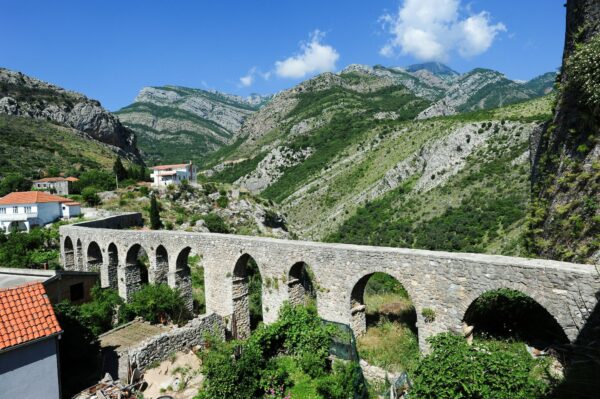
Stari Bar
High up on the edge of a bluff near Mount Rumija lies the ruins of Stari Bar – the original town of Bar, which is now a port city down by the water... -
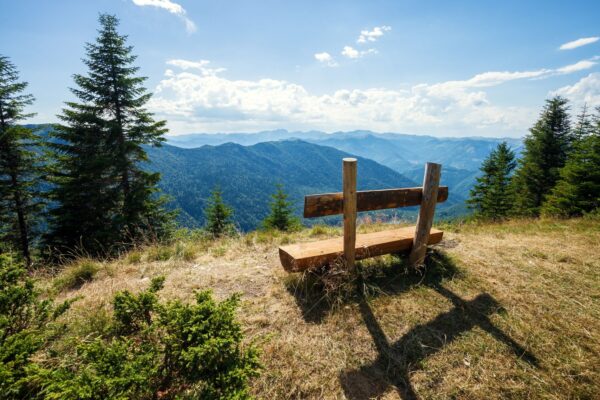
Biogradska Gora National Park
Peaceful Biogradska Gora is best-known for its primeval forest, where you can spot ancient beech, maple, elm and juniper trees — some of which are more than 500 years old... -
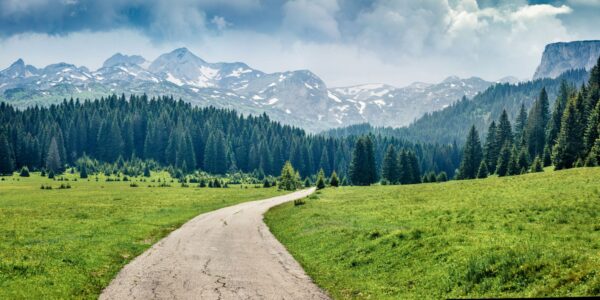
Durmitor National Park
Home to more than 50 peaks, mountain rivers and underground streams, the dramatic Durmitor National Park is Montenegro’s adventure playground... -
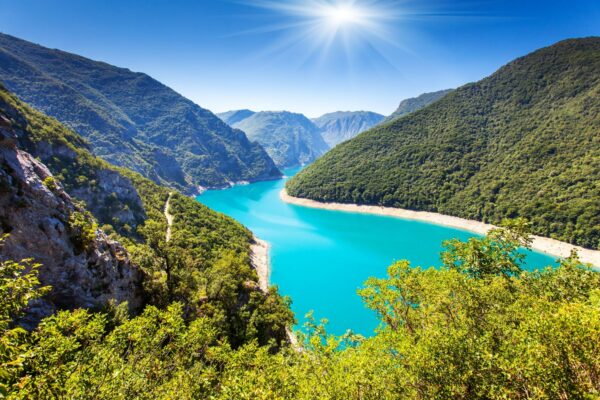
Lake Piva
Lake Piva was created in 1975 after the Piva River was blocked by the construction of the hydroelectric Mratinje Dam, flooding Piva Canyon... -
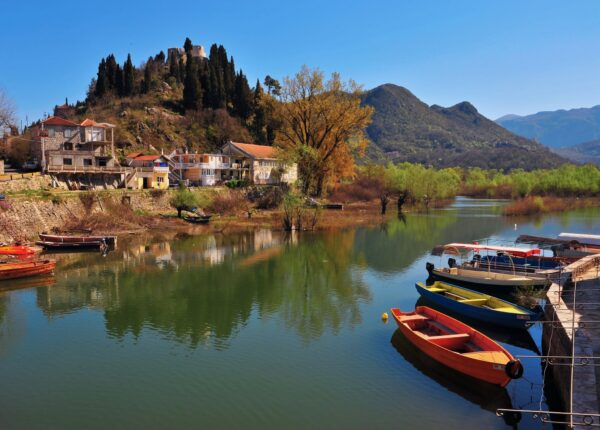
Virpazar
Considered the main gateway to Lake Skadar National Park, the tiny village of Virpazar was once an important trading port... -
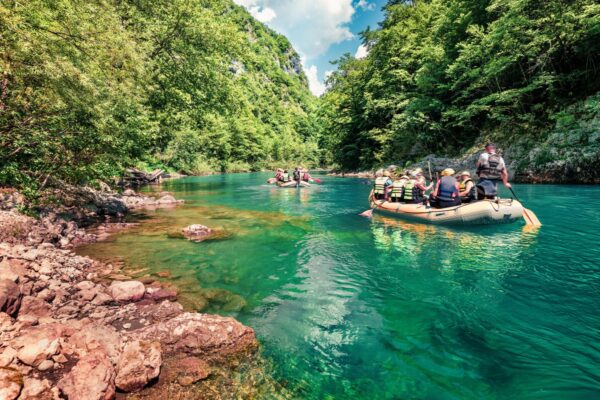
Tara Canyon
Found on the northern edge Durmitor National Park, the Tara Canyon cuts deep into the landscape, with its deepest point being only 200m less than the Grand Canyon... -
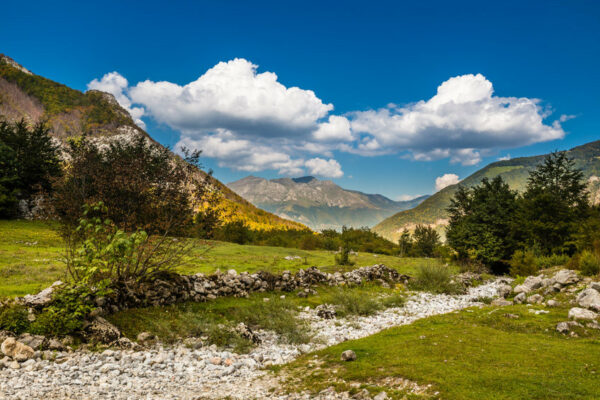
Prokletije National Park
Only established in 2009, Prokletije National Park is located in the south of the Dinaric Alps near Skadar Lake... -
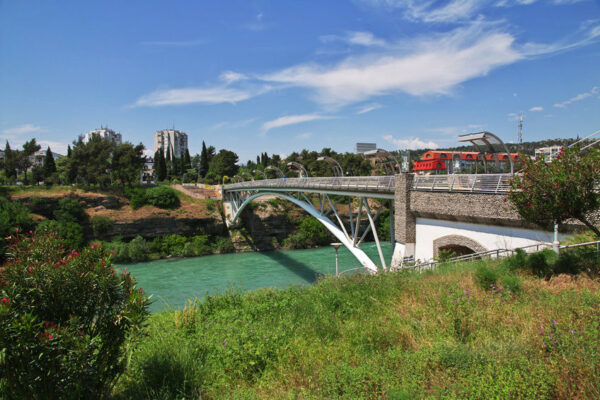
Podgorica
... -
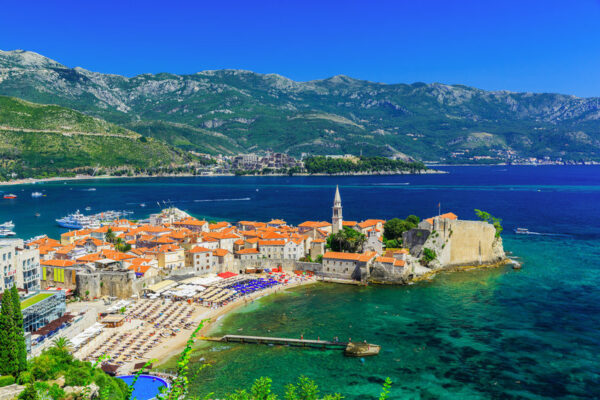
Budva Riviera
One of the most popular tourist cities in Montenegro with its beaches and old town as well being a good base for those heading out for hiking and biking trips... -
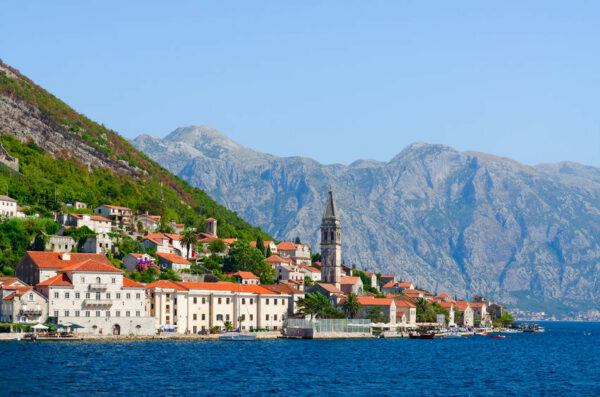
Perast
... -
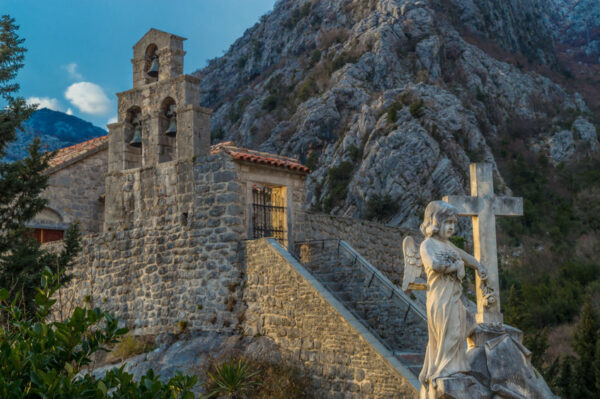
Orahovac
... -
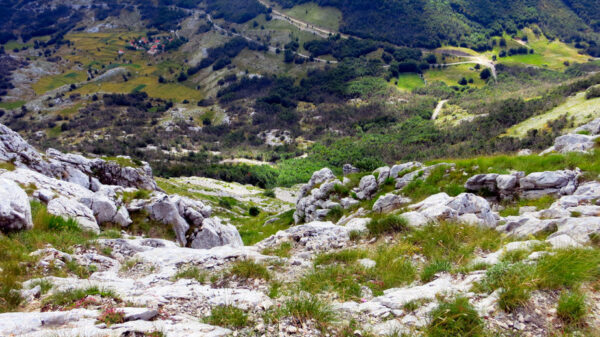
Njeguši
... -
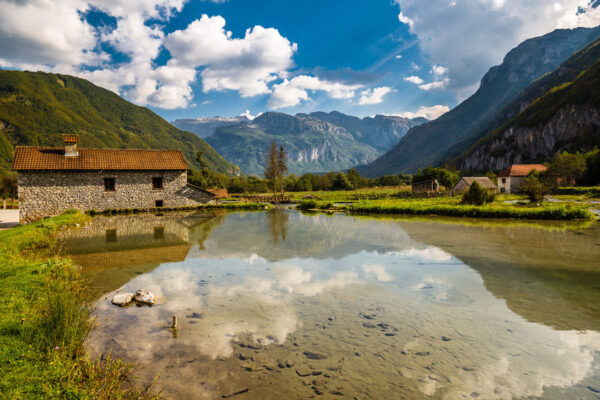
Vusanje
... -
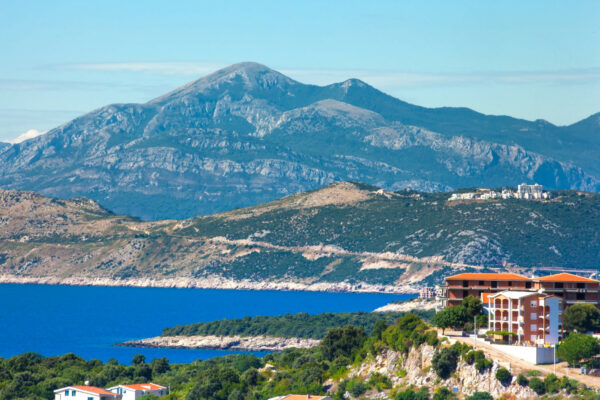
Ulcinj
... -
Ostros
... -
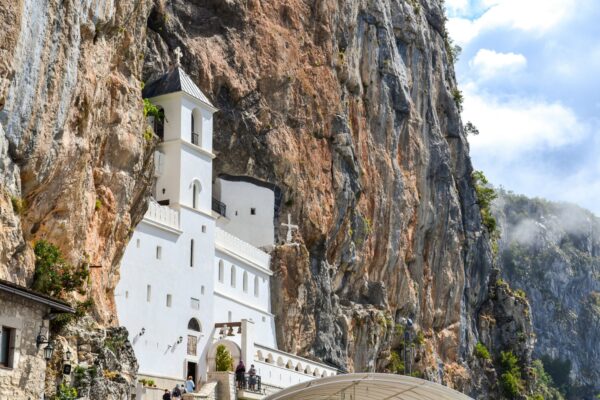
Niksic
... -
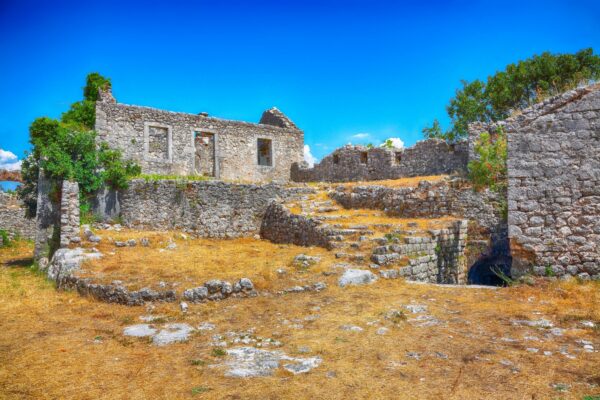
Zabljak
... -
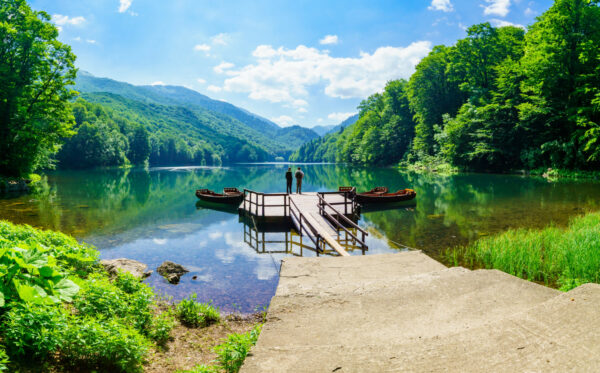
Kolasin
... -
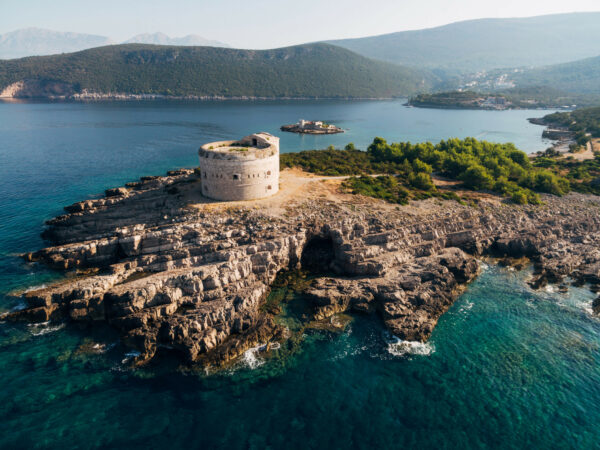
Lustica
... -
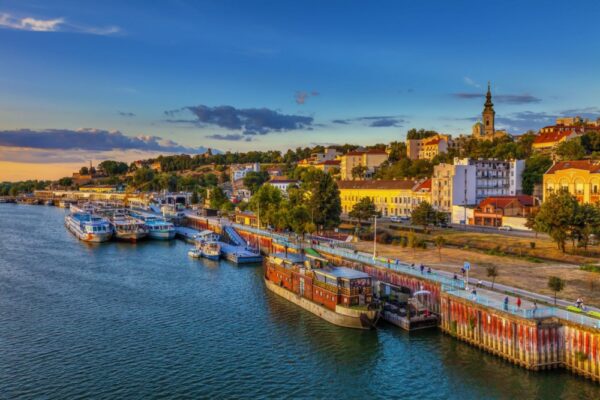
Serbia
... -
Drvengrad
... -
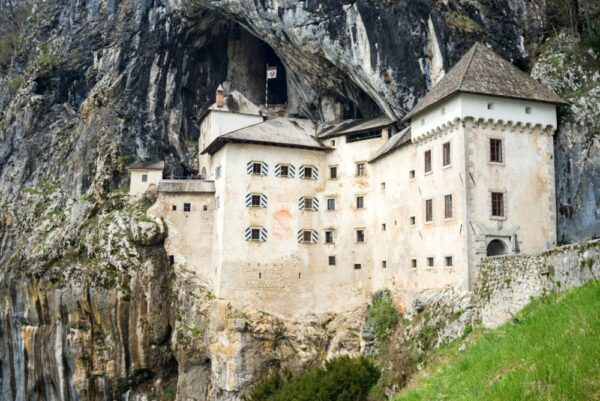
Slovenia
... -
Julian Alps
... -
Romania
... -
Bucharest
... -
Brasov
... -
Tulcea
... -
Transylvania
... -
Macedonia
...
Places to go in Balkans
Balkans Tours
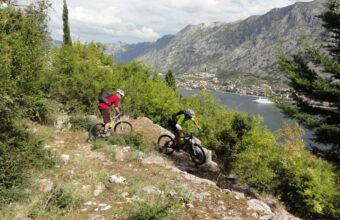
Mountain Biking in Montenegro
Explore the Bay of Kotor and Lake Skadar
8 daysFrom €760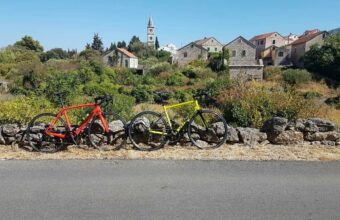
Balkan Express
Explore Montenegro, Albania, Bosnia & Herzegovina and Croatia by bike
9 daysFrom €950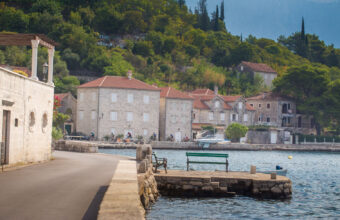
Cycling the Eurovelo 8
Travel through Croatia, Montenegro and Albania
8 daysFrom €790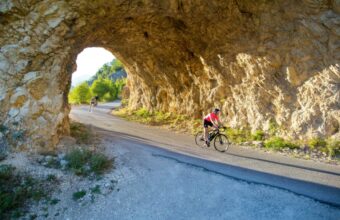
Mountains and Coastlines
Explore Montenegro's coast and mountains by bike
8 daysFrom €820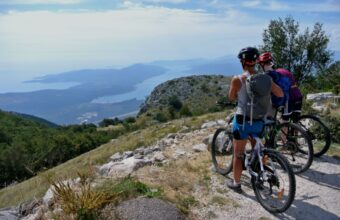
Montenegro and Albania by Bike
Cycle through historical towns and explore Lake Skadar
8 daysFrom €740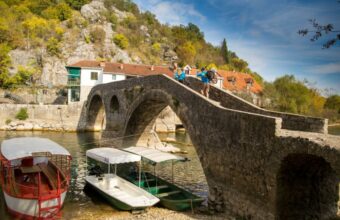
Cycling the Montenegrin Coast
Exploring Montenegro’s coast and Lake Skadar
8 daysFrom €690Balkans Travel Companies
